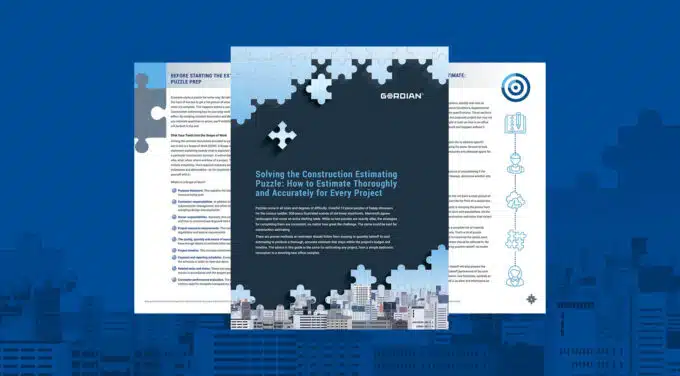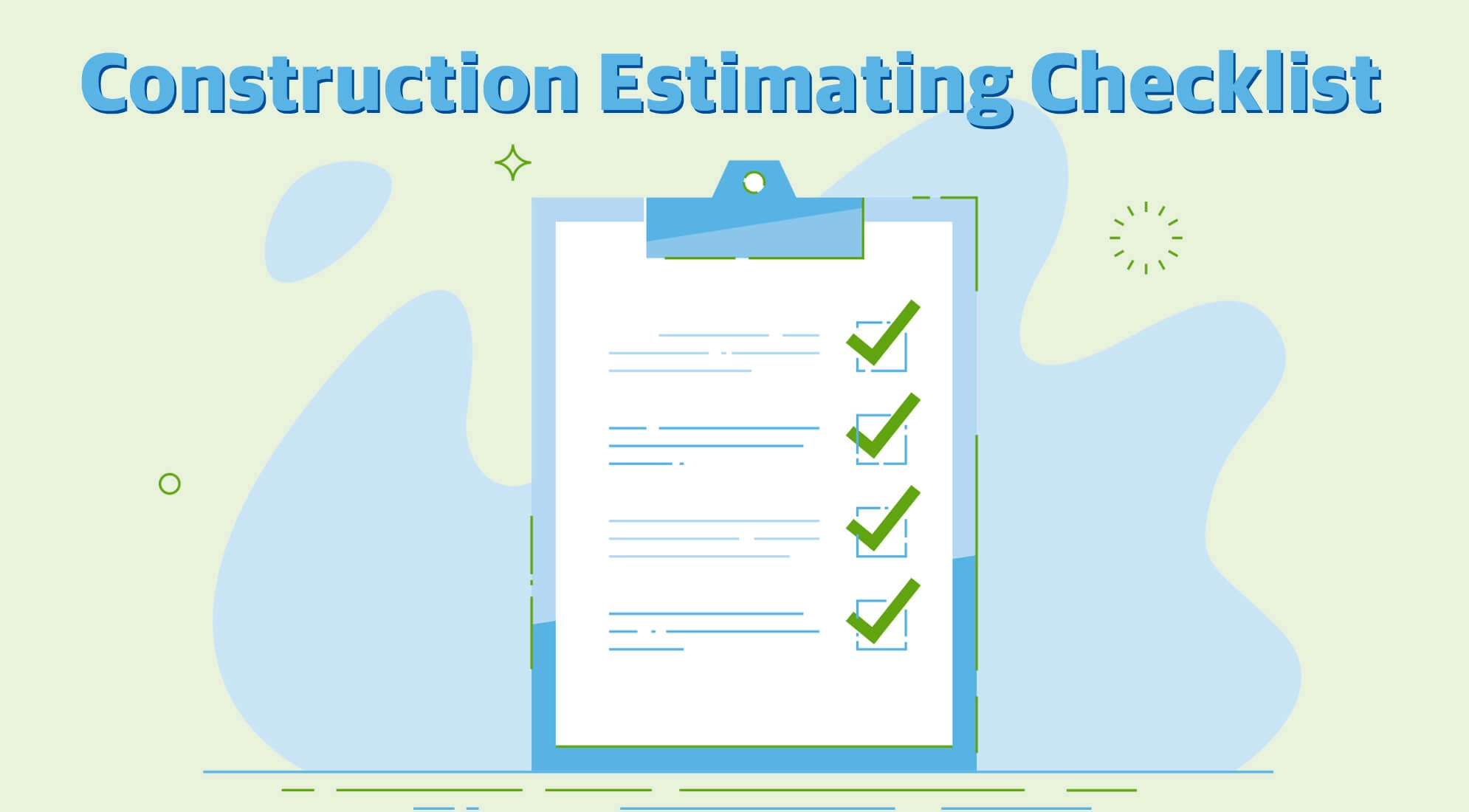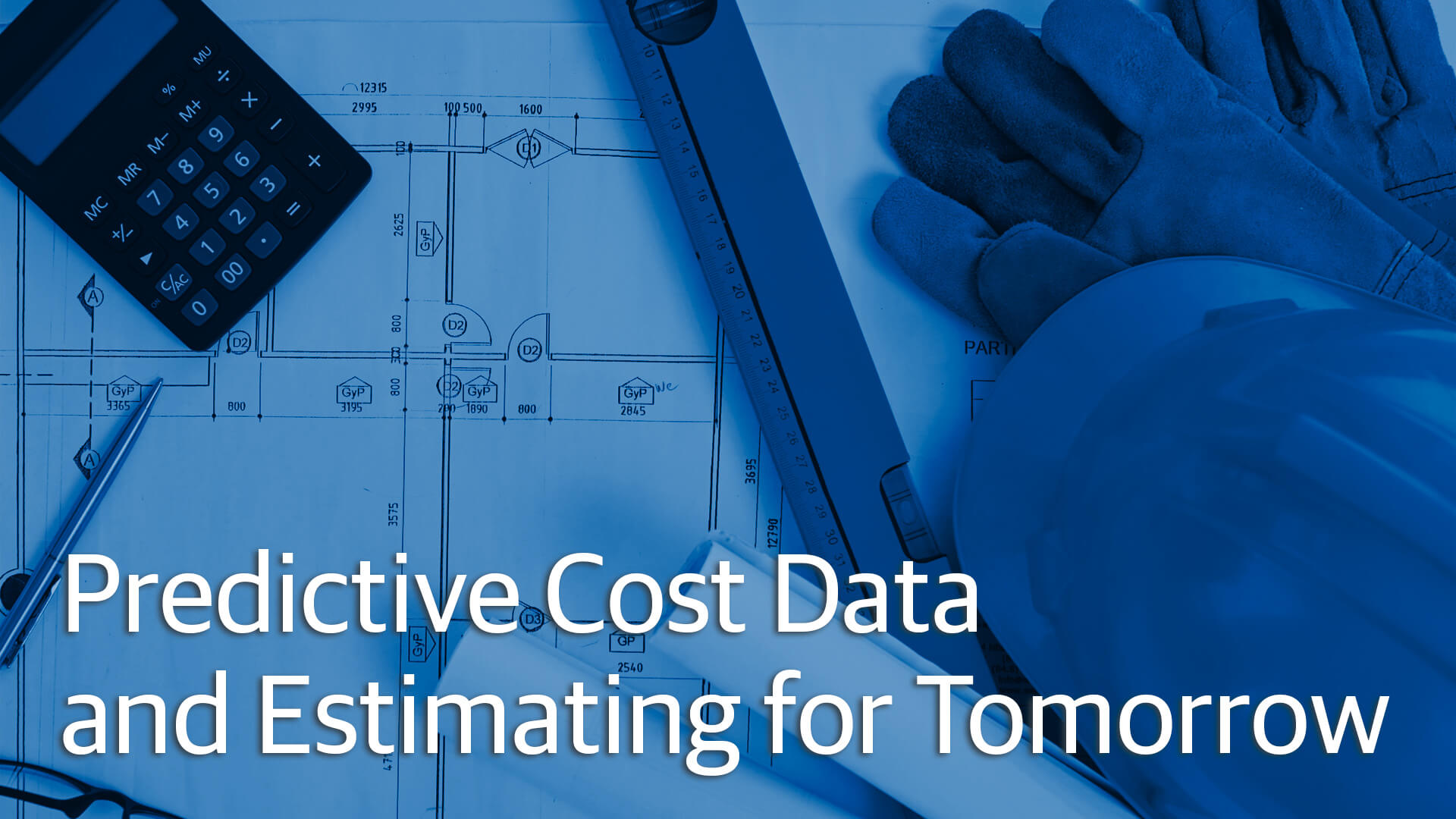
Solving the Construction Estimating Puzzle
August 2, 2024
Creating a construction cost estimate can be quite a puzzle. But like puzzle mastery, there are proven methods an estimator can follow to put all the pieces together efficiently. This guide offers instructions, tips and advice for completing the construction estimating puzzle faster and more accurately, from examining construction plans to completing the quantity takeoff to applying construction costs.
Share this:





